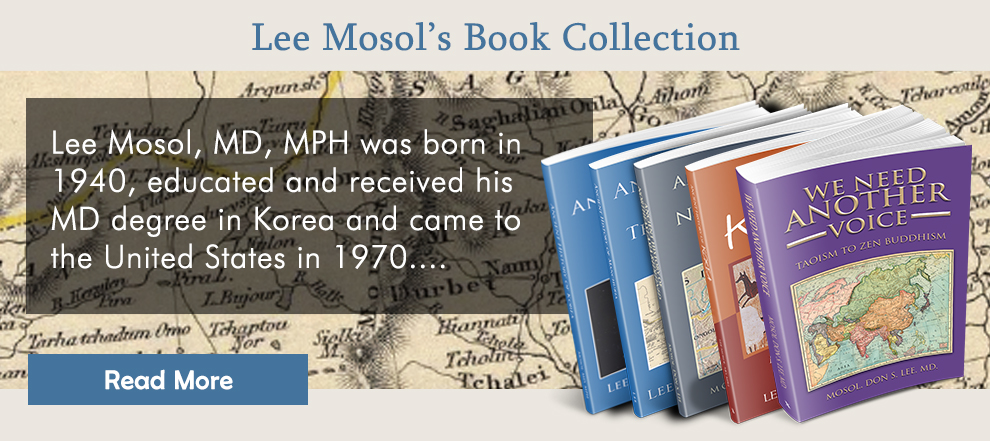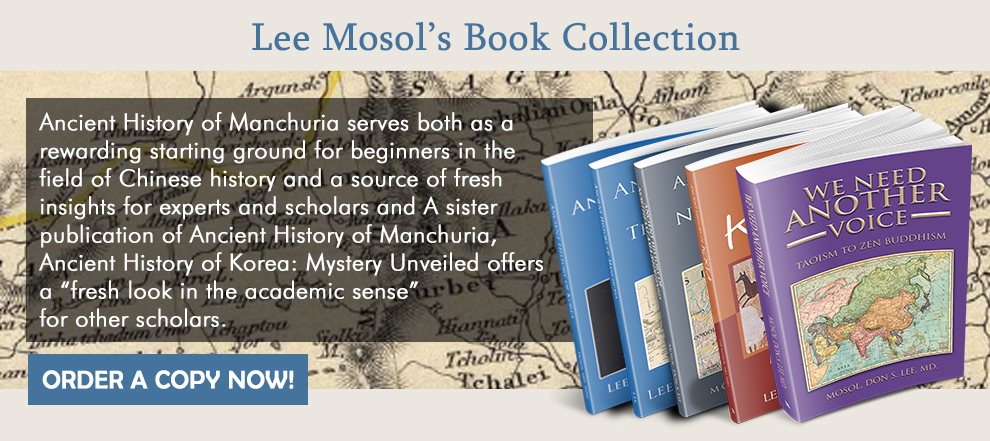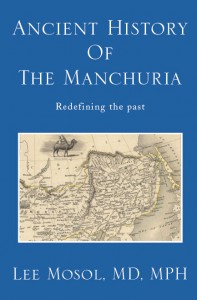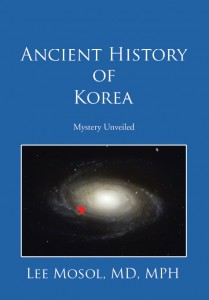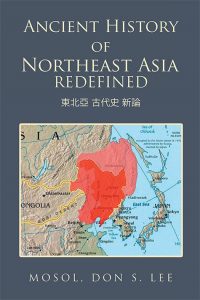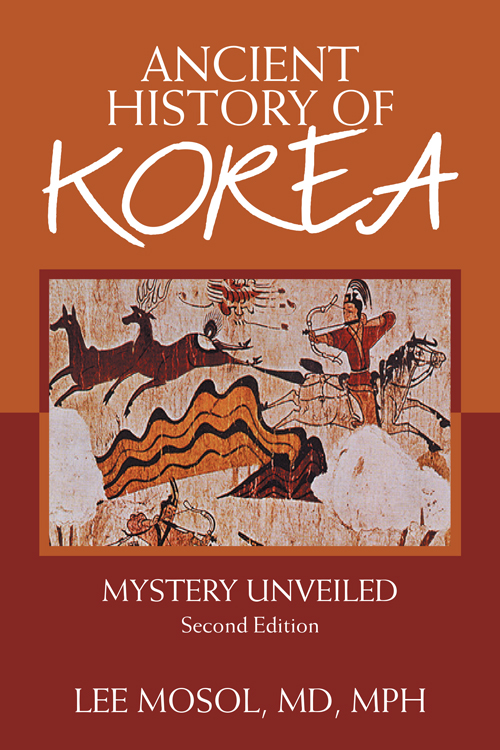Ancient History of the Manchuria
The ancient history of China is rich and colorful. Unfortunately, the Chinese Imperial Courts have tarnished the interpretations of ancient Chinese scriptures and historians subsequently failed to correct the discrepancies. This gap was what moved Lee Mosol, MD, MPH to write Ancient History of Manchuria and rectify what he calls a “one-sided traditional Chinese claim”.
The starting point of his essay is the major war waged by Emperor Wu and from there he gives voice to the eastern end of the Great Wall. His work also delves into pertinent subjects such as Imperial China, Chinese ideograms and Confucian culture.
Ancient History of Korea: Mystery Unveiled
This volume is a thesis that Dr. Lee presents to worldly scholars. Though Chinese history has that the legendary Gija (箕子) went to Joseon at the end of Shang dynasty( 商; c. 1046 BC) and came back to the western Zhou within a few years, no one has yet confirmed the birth place of Joseon. He was convinced that Korean used a wrong method to find facts concealed by the criminals emphasizes that Reasoning is the essential element to study NEA history as in forensic science. Aren’t you curious?
Ancient History of Northeast Asia Redefined
Ancient History of Northeast Asia Redefined: 東北亞 古代史 新論 aims to make readers realize that the ancient Chinese logograms have evolved through a long period. “Chinese manipulated ancient scriptures. Yet, history embedded in it. Since tempering the poems is very difficult, ancient history is in the Shijing as well,” Mosol adds.
Ancient History of Korea: Mystery Unveiled. Second Edition
This is the author’s fourth book related to Northeast Asia (NEA). This volume presents a new method to study and interpret history written under ideographs. Read on!.
We Need Another Voice — Taoism to Zen Buddhism
This Book is A Lone Voice from the Desert to the academia and general public.
Since retired from the medical school faculty to study ancient history and presented a new theory, the author faced multiple dilemmas. This book tackles both fronts by providing many references, analyzing many logograms, and maps. The author analyzed the ancient texts written logograms and confirmed that the ancient Korean language was the mother tongue of Buddha. It became the official Buddhist text and root of Pali language
